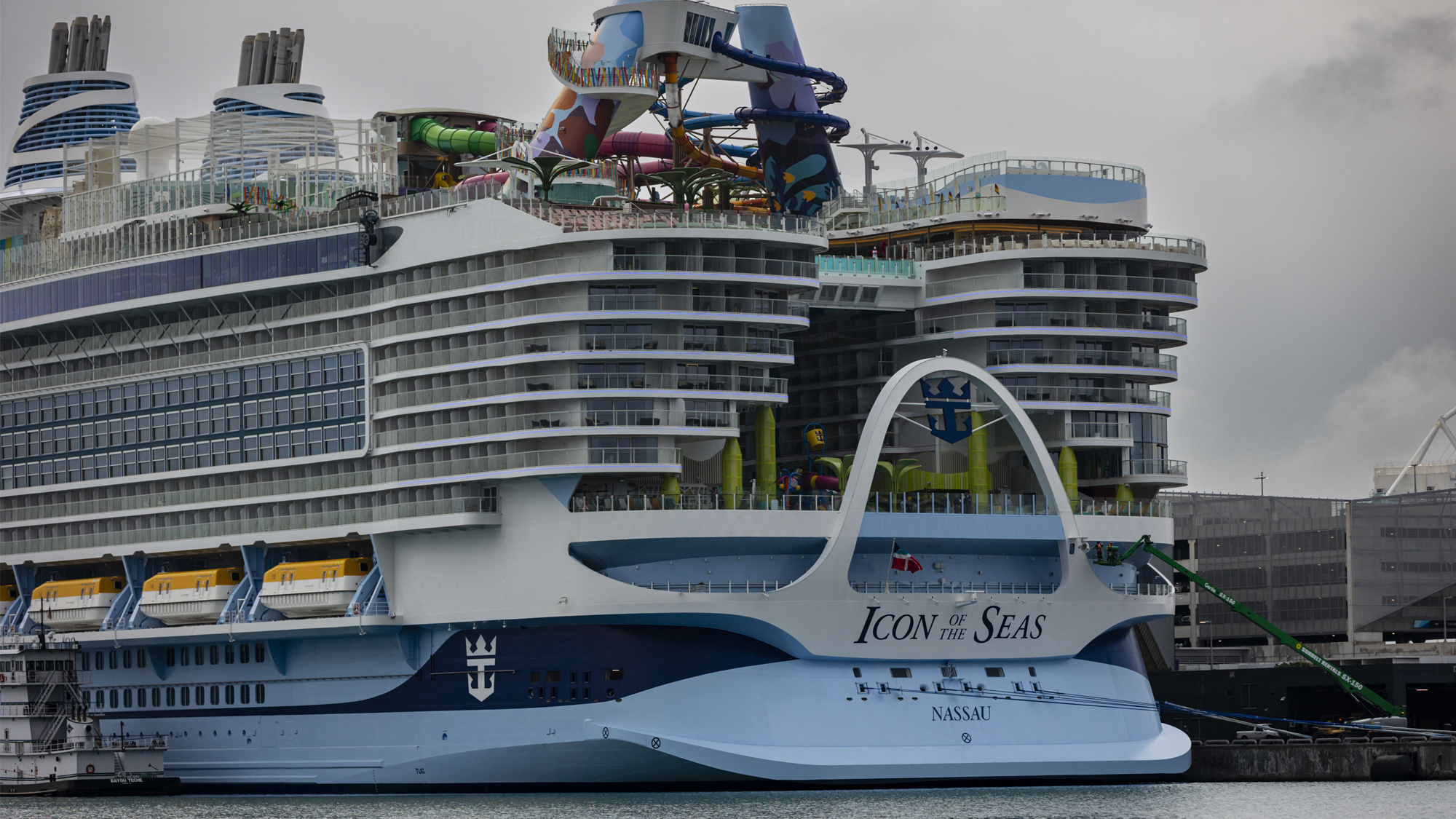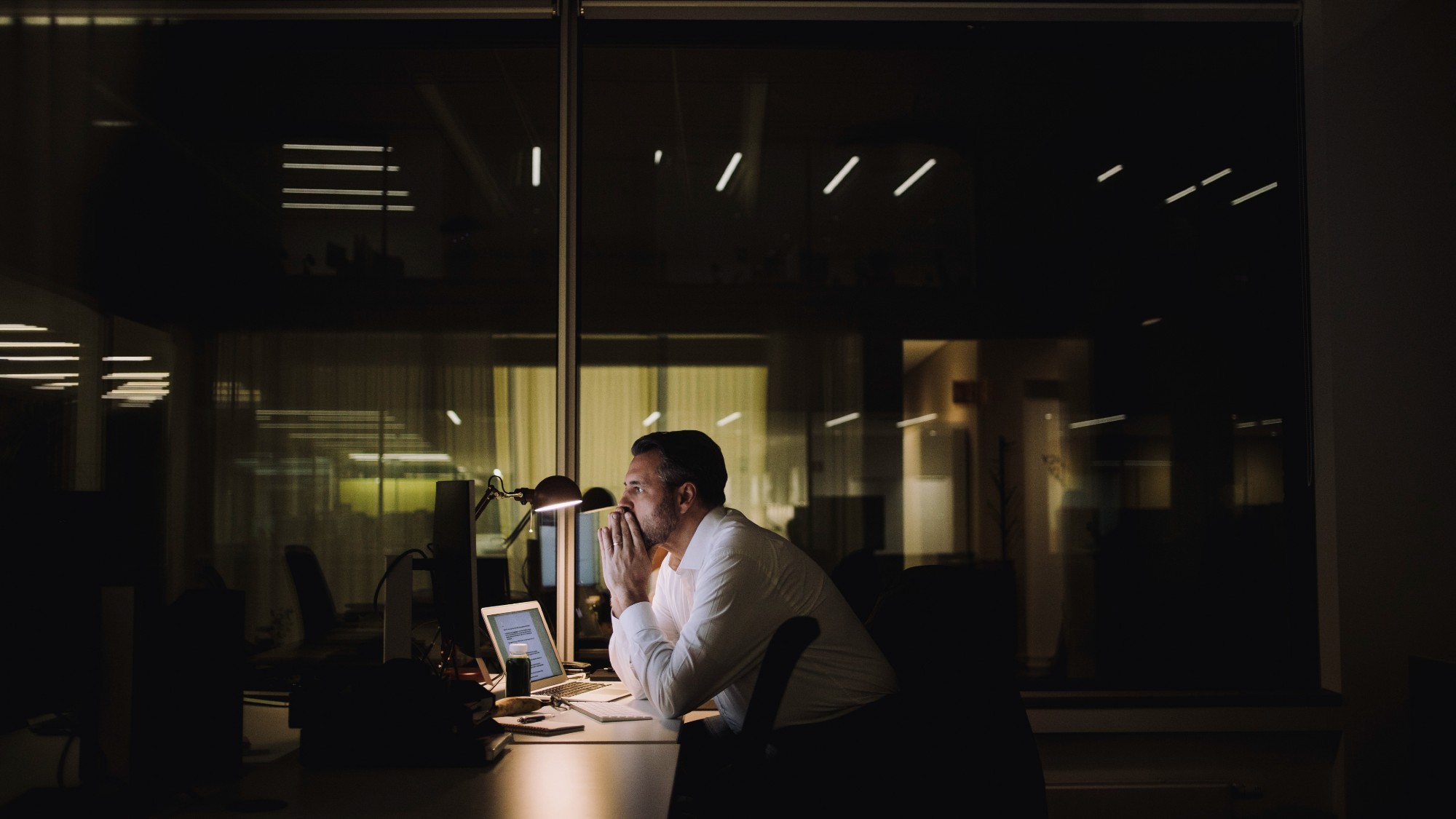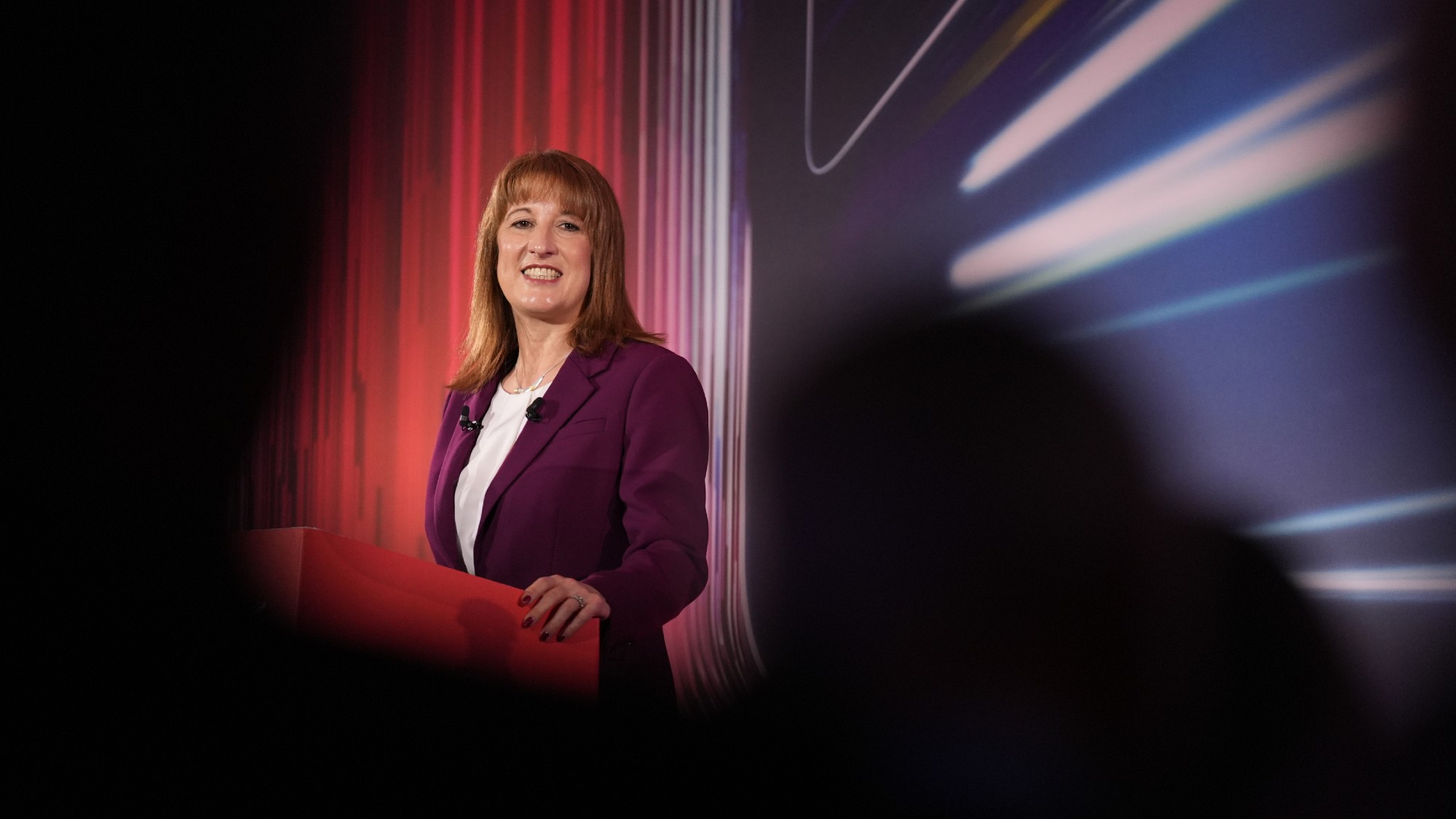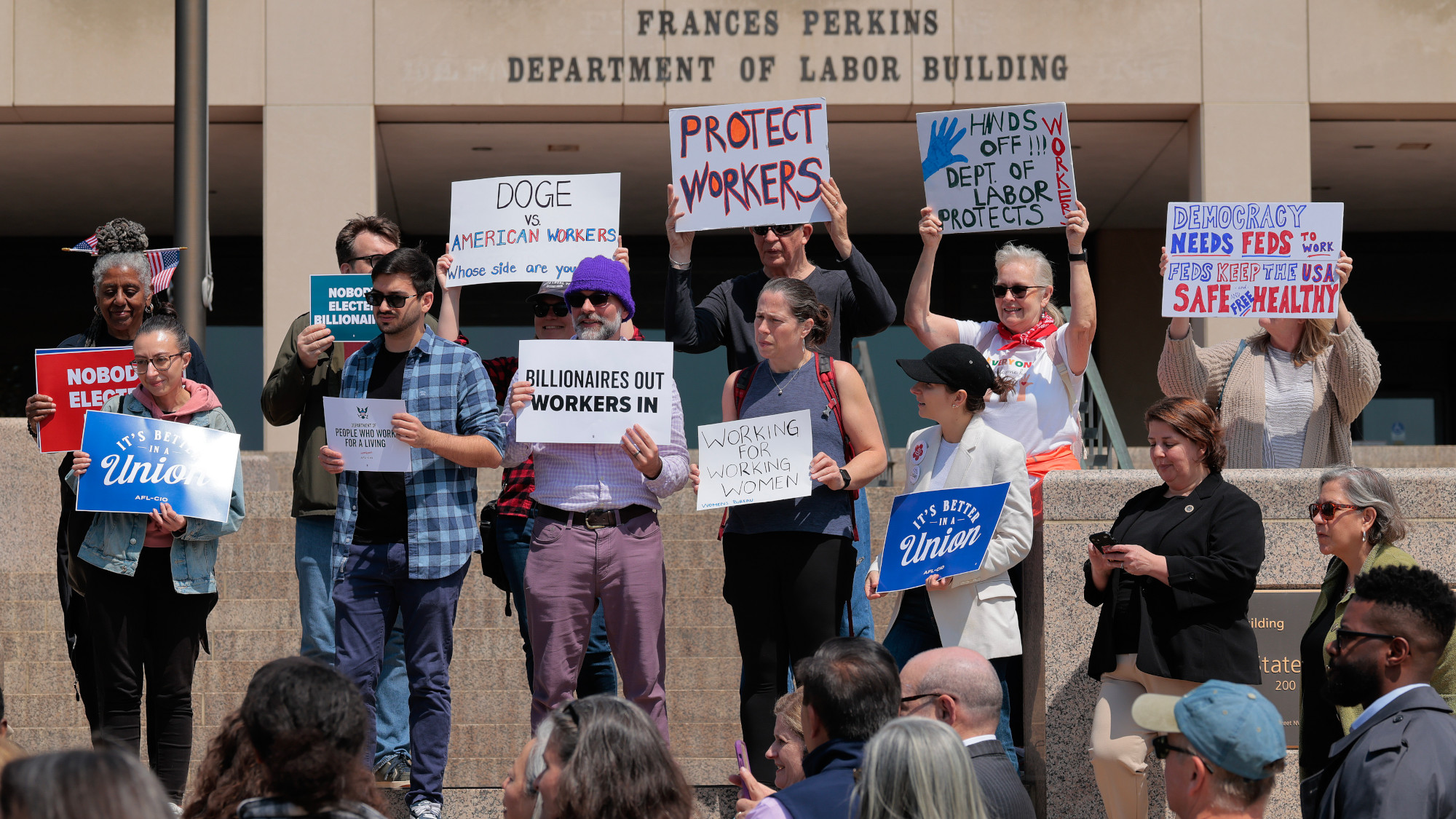Behemoths of the seas
Cruise liners keep getting bigger, with the world’s largest 'megaship' ever built set to make its maiden voyage this month.

Cruise liners keep getting bigger, with the world’s largest 'megaship' ever built set to make its maiden voyage this month. Here's everything you need to know.
How big are these 'megaships'?
New cruise ships are roughly double the size of those built in the 1990s, and resemble floating skyscrapers with a dizzying array of amenities, from skydiving simulators to water parks to bumper cars. The largest megaship yet, Royal Caribbean’s Icon of the Seas, will make its inaugural cruise later this month, a seven day trip from Miami to the Caribbean. Designed to carry 5,610 passengers — about 8,000 including crew — the Icon stretches 1,198 feet and clocks in at 250,800 gross tons. That’s five times bigger than the Titanic, and the Icon is only 300 feet shorter than the longest ship ever built, the oil supertanker Seawise Giant. A seven day cruise in one of the Icon’s interior cabins, with no natural light, costs about $1,600 per person. A "Sunset Suite" goes for more than $10,000, while a three-story "townhouse" will set you back $75,000. "We are positioning it as the ultimate family vacation," Royal Caribbean president Michael Bayley said of the Icon.
What’s life like on board?
The ship has 20 decks — two more than the current largest cruise ship, Royal Caribbean’s Wonder of the Seas — and eight "neighborhoods" aimed at different passenger categories, from families with young children to older adults seeking a quieter vacation. There are more than 40 bars, restaurants, and nightlife activities, as well as mini golf, a rock-climbing wall, a ropes course, and an ice rink. There’s also a 55-foot waterfall, a five-deck-tall open-air "Central Park" with living plant walls and a jazz club, seven pools, and six candy-colored water slides. It cost about $2 billion to build, but not everyone is impressed. When the first images of the Icon were released, critics on social media mocked it as a "monstrosity," a "pile of decadence" and a "floating hellscape." One likened it to "human lasagna," given how many people will be sandwiched between its numerous decks. Even so, tickets have sold at record rates.
The Week
Escape your echo chamber. Get the facts behind the news, plus analysis from multiple perspectives.

Sign up for The Week's Free Newsletters
From our morning news briefing to a weekly Good News Newsletter, get the best of The Week delivered directly to your inbox.
From our morning news briefing to a weekly Good News Newsletter, get the best of The Week delivered directly to your inbox.
Why are these ships so vast?
Partly, it’s because of efficiencies of scale. When the modern cruise industry emerged in the 1960s, ships typically catered to a few hundred people at a time. But the booming popularity of cruises — a record 31.5 million people worldwide took a cruise last year, up 6% from 2019 — has led cruise lines to build ever-bigger ships to maximize the number of passengers and rooms with sea views. They "realized there was a lot more profit in the bigger ships," said cruise expert Stewart Chiron. "The cost to feed the passengers went down, the cost to house the passengers went down." Royal Caribbean has launched three ships over 220,000 gross tons, and says its larger ships break even at only 35% capacity. Rivals such as MSC Cruises, P&O Cruises and Carnival have also built their own megaships. This supersizing is also a reflection of the fact that the amenity-loaded ships have become the main lure for many cruisers; ports of call are now almost secondary attractions. And by turning their vessels into Disney-style resorts, cruise lines have expanded their customer base beyond the old stereotype of the "newlywed and nearly dead." In 1995, the average age of a cruise passenger was 65; today it’s 47.
How do megaships affect the areas they visit?
Many residents in ports of call see little benefit to these colossal visitors. Passengers tend to leave their ships for only a few hours, briefly overrunning the communities where they dock without spending much money. In 2021, large cruise ships were banned from entering the Venice lagoon following complaints that their wakes were eroding the fragile shoreline, and that the historic city center’s population of 50,000 was often swollen by more than 40,000 passengers. Last summer, Amsterdam voted to shutter a cruise terminal to end what Dutch lawmaker Ilana Rooderkerk called the "locust plague" of cruise tourists. "They have little time for museums," she said, "but they do visit the red-light district."
What about the environmental impact?
The biggest cruise ships generate up to 1 million gallons of so-called gray water — from sinks, baths and showers — and 210,000 gallons of sewage over the course of a one-week voyage, according to Friends of the Earth. Industry guidelines stipulate that gray water and sewage should be dumped at least 4 nautical miles from land, and that sewage must be treated. But those discharges can still disturb nutrient levels in the sea, leading to toxic blooms and dead zones. The heavy fuel oil used by many ships is another problem: A passenger on a seven-day Antarctic cruise produces as much CO2 as the average European in an entire year. The Icon is powered by liquefied natural gas, which Royal Caribbean says should cut carbon emissions by about 30%. But natural gas, also known as methane, is a powerful greenhouse gas, meaning the new megaship will still contribute to climate change. Still, Ujwal Arkalgud, who studies consumer decision-making at Lux Research, says most cruisegoers are not deeply interested in these vessels’ ecoimpact. "People are not buying to save the planet," he said. "Because you know, one simple way to save the planet would be to not go on the cruise."
Cruises from hell
Modern cruises are exceptionally safe, with the typical passenger facing odds of dying on board of about 1 in 6.25 million. But the industry has suffered some high- profile disasters. In 2012, the Costa Concordia sank after hitting rocks off the Italian island of Giglio, killing 32 people on board. The vessel’s Italian captain had report- edly been distracted by the presence of his Moldovan lover on the bridge. A year later, some 4,000 passengers on board the Carnival Triumph were left without electricity and working toilets after the vessel suffered a power failure in the Gulf of Mexico; the whole ship smelled like “a hot porta-potty,” remarked one passenger. Early in the pandemic, as the world went into lockdown, at least 10 ships — carrying a total of nearly 10,000 passengers — were stuck at sea, having been turned away from their destinations. The worst Covid outbreak took hold on the Diamond Princess, which was quarantined for two weeks in Yokohama, Japan. At least 712 of the 3,711 passengers and crew on board became infected and 14 died. Surviving passengers were given full refunds, and offered another free cruise.
A free daily email with the biggest news stories of the day – and the best features from TheWeek.com
This article was first published in the latest issue of The Week magazine. If you want to read more like it, you can try six risk-free issues of the magazine here.
-
 Is $140,000 the real poverty line?
Is $140,000 the real poverty line?Feature Financial hardship is wearing Americans down, and the break-even point for many families keeps rising
-
 Coffee jitters
Coffee jittersFeature The price of America’s favorite stimulant is soaring—and not just because of tariffs
-
 Shein in Paris: has the fashion capital surrendered its soul?
Shein in Paris: has the fashion capital surrendered its soul?Talking Point Despite France’s ‘virtuous rhetoric’, the nation is ‘renting out its soul to Chinese algorithms’
-
 The 996 economy: Overtime, Silicon Valley–style
The 996 economy: Overtime, Silicon Valley–stylefeature After work, there’s...more work
-
 Autumn Budget: will Rachel Reeves raid the rich?
Autumn Budget: will Rachel Reeves raid the rich?Talking Point To fill Britain’s financial black hole, the Chancellor will have to consider everything – except an income tax rise
-
 Auto loans: Trouble in the subprime economy
Auto loans: Trouble in the subprime economyFeature The downfall of Tricolor Holdings may reflect the growing financial strain low-income Americans are facing
-
 Labor: Federal unions struggle to survive Trump
Labor: Federal unions struggle to survive TrumpFeature Trump moves to strip union rights from federal workers
-
 Nvidia: unstoppable force, or powering down?
Nvidia: unstoppable force, or powering down?Talking Point Sales of firm's AI-powering chips have surged above market expectations –but China is the elephant in the room

